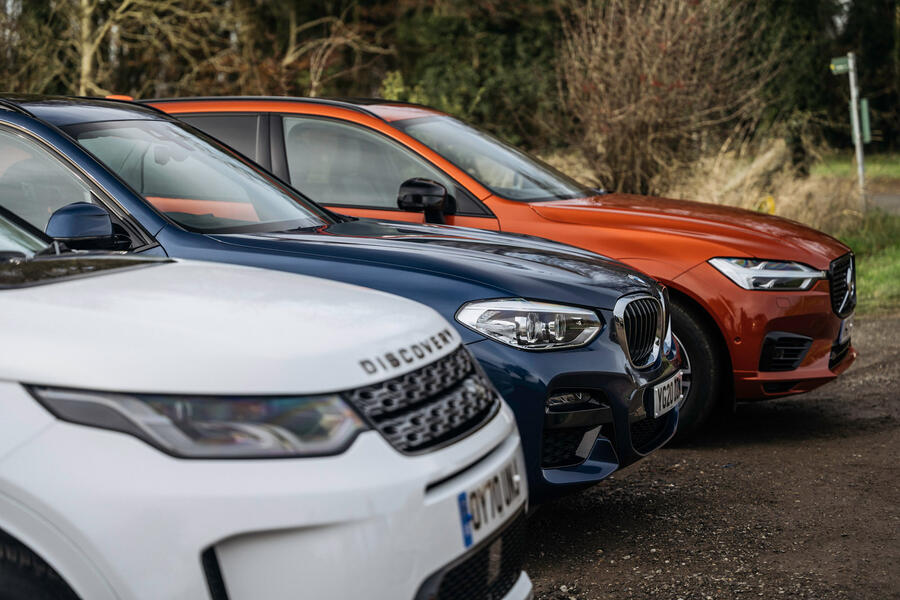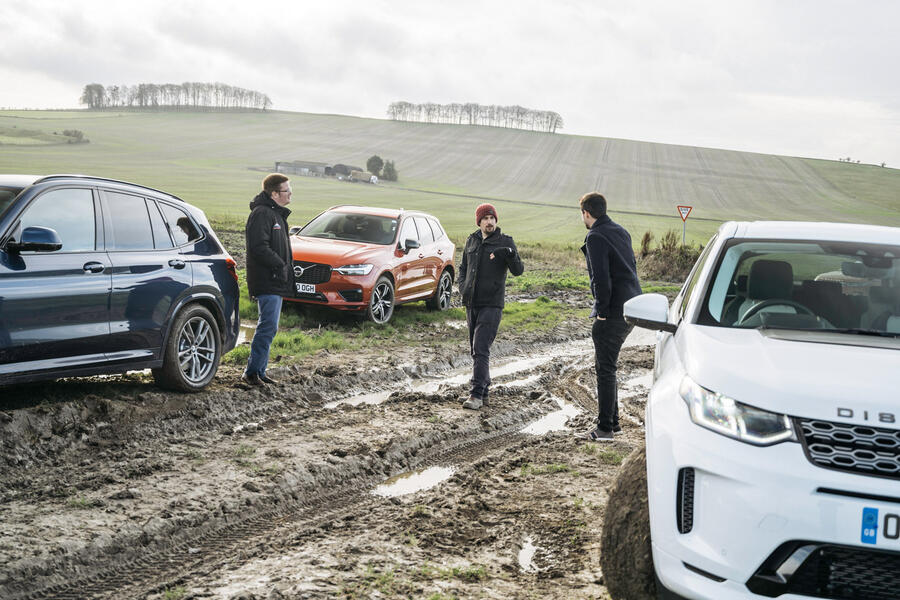They say that dog owners become like their pets. I wonder if something similar can fairly be said of car makers and their products. Modern Land Rovers have many qualities, but they aren’t the most responsive or agile of modern family cars; and neither, as a company, is Land Rover.
Remember the Land-e concept? Some years ago, I spent a happy couple of hours being told all about it in the airy lobby at Land Rover’s Gaydon headquarters. It was a technological showcase intended to give prominence to all the little things the firm was either doing or developing at the time to make its showroom models more fuel efficient. As such, I dare say it served its primary purpose perfectly well.
But it was also a Freelander-sized car with a downsized engine, hybrid drive and an electric rear axle, and it was shown way back in 2006. Perhaps the management couldn’t see the wood for the trees back then, or maybe they just didn’t see a demand for an electrified Land Rover at all. Well, there should certainly be demand for one now
After quite the wait, then, the plug-in hybrid Discovery Sport is finally with us, just in time for the inevitable frenzied plug-in panic buying. It isn’t Land Rover’s first PHEV, nor the first medium-sized SUV to the plug-in party either. While Solihull was stroking its beard and plumping its various padded apparel, its rivals were simply getting on with launching their own alternatives; and, from Ford to Audi and Volvo to Volkswagen, most already have.

So what impact can this new Discovery Sport P300e have on what is becoming a quite well-established part of the SUV market? And what can it consequently do for Land Rover’s millstone-like fleet-average corporate CO2 emissions? Well, the short answer to both questions ought to be ‘plenty’.
Globally, the Discovery Sport is still the best-selling model in the whole Jaguar Land Rover stable.


















































Join the debate
Add your comment
Having owned a P300e for 6 months my experience is very poloarised. Functionally it's a pretty decent car, hybrid system works well, electric mileage of 25 to 30 miles, and the refinement and features are great.
The reliability though is a total disaster. The car spent more time at the dealers being fixed than on our driveway. It was recovered by Land Rover assistance twice as undrivable in that time. In the end with some sadness we rejected it and got our money back.
Great spec, great features, terrible design and engineering.
The other weird thing is that you buy a JLR car at the end of its warranty all the faults have normally been dealt with so in a way your always better off with a JLR car.
I have a four year old DS. It sounds like this PHEV version resolves most of the gripes I have about it - lack of power, refinement, so so interior and poor infotainment. I look forward to trying one once lockdown eases.